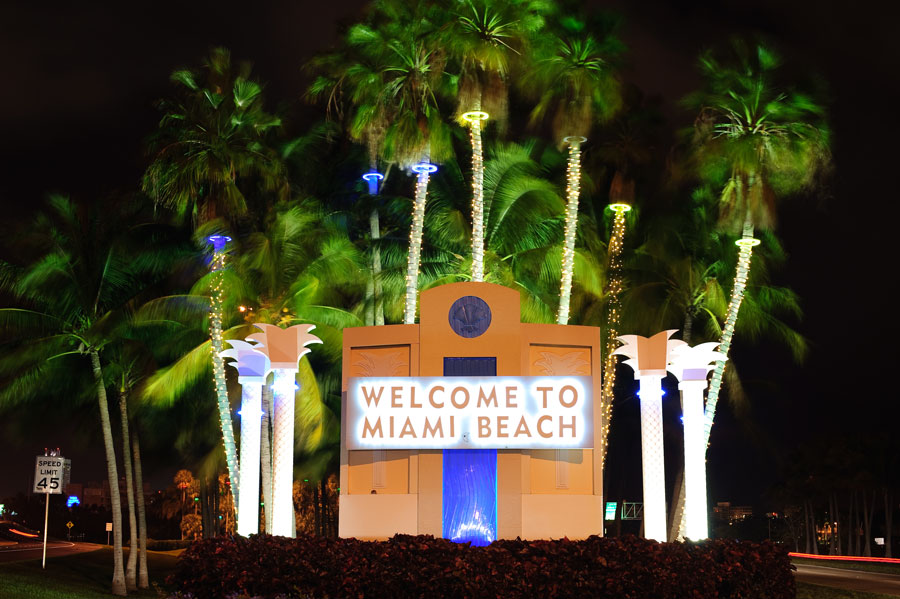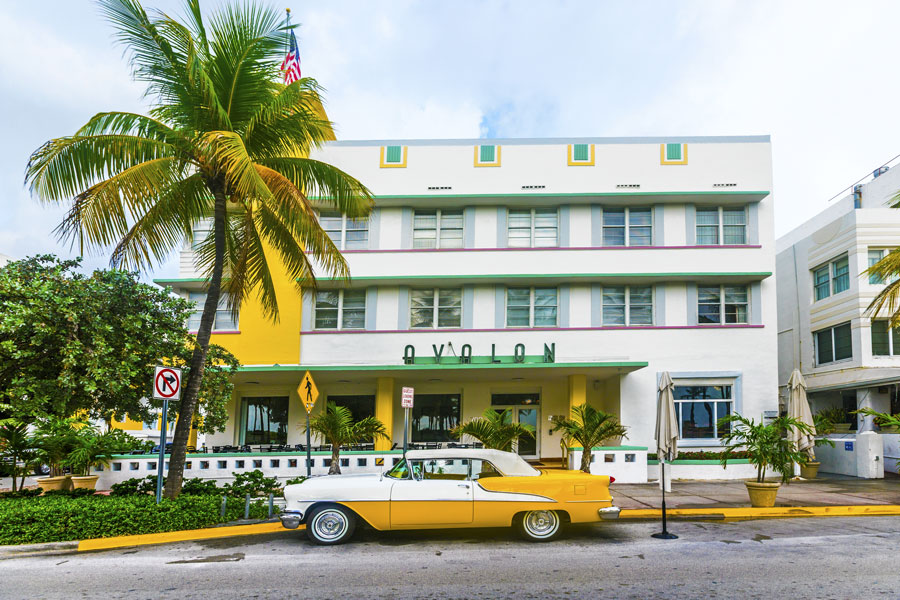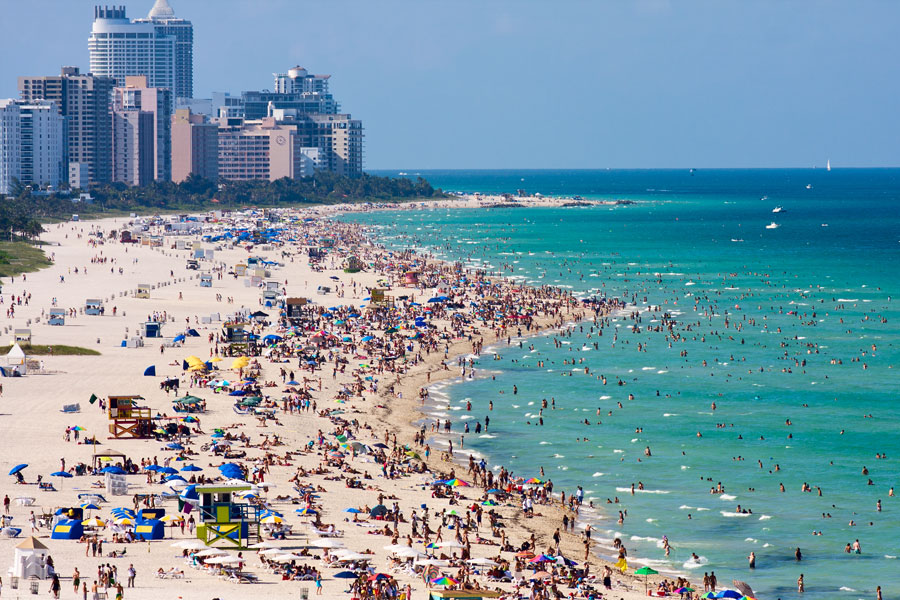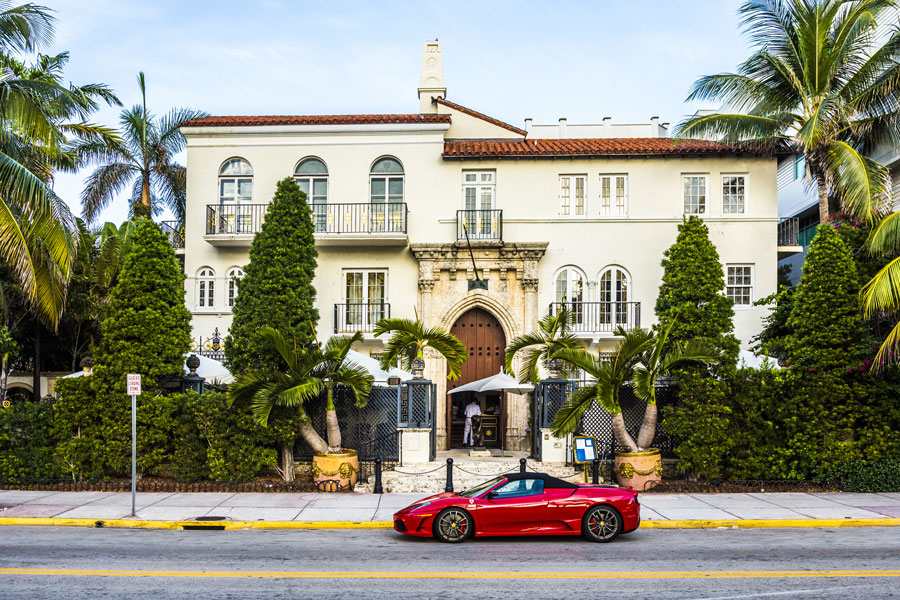Miami Beach, Florida
Think of Miami Beach and you probably think of glamour, nightclubs, entertainment, fun on the beach and Art Deco. Over the past ten years or more, Miami Beach has built the rightful reputation of being a trendsetter in arts and entertainment. From the world famous nightclubs of the 50’s to the cultural happenings on South Beach today, Miami Beach’s identity is inseparable from arts and entertainment.

About the Community
In the days of the Seminole Wars, the area was protected by Fort Dallas. It was revived thanks to the vision of a Cleveland widow named Julia Tuttle, the “mother of Miami.” She purchased 640 acres on the north bank of the Miami River and was responsible for the extension of the railroad to the area, a new luxury hotel, and the laying of the new town Miami that was incorporated in1896. Bahamians became Miami’s first permanent residents and helped develop Coconut Grove, Florida’s first community.

Miami has always been a unique city, with its rich ethnic mix that included the Irish Catholic, Jewish people who came during the Depression, African Americans, and Black Bahamians who were a significant proportion of the city’s incorporators. Jewish migrants were among the first to build a large number of small hotels with stark modern lines along lower Collins Avenue and Ocean Drive in Miami Beach. This building boom helped bring the area out of the Depression. The area is today one of the most prominent jewels in the architectural heritage of the nation, the world-famous Art Deco District.
Important Links (Suggest / Report)
Vicinity of Miami Beach
Additional Details
The Miami Beach Architectural Historic District is home to the Art Deco Museum that is run by the Miami Design Preservation League. It is devoted to preserving and promoting the cultural and architectural integrity of the district and organizes walking tours that will help you appreciate the area. During World War II, more than hundred thousand people moved to Miami and Miami Beach when the Army Air Corps and the navy established major training centers here. The servicemen loved the area so much that many of them moved here permanently after the war. In fact, by 1960 the population of South Florida had doubled its pre-war population.

Miami Beach is one of the most popular travel destinations. The peace and serenity of a tropical dawn over the Atlantic Ocean belies the sizzle, style, and sophistication of Miami Beach. The sea, sands, sun, fashion, and glamour make a heady combination, perfect for a memorable vacation. Moving around the city is easy; you can rent a car or scooter or take the Metrorail or a bus. Once you are mobile, you can live the Miami Beach life to its fullest.

There is another side of Miami Beach too. It is home to the Holocaust Memorial that was dedicated in 1990, to the victims of the Holocaust. It is a striking edifice in bright Jerusalem stone with black granite walls contrasted by the stillness of a reflecting pool, and the blue sky above. A visit to Miami Beach is incomplete without checking out the nightlife. Splurge on the famous bars, nightclubs, and lounges. It will be an experience of a lifetime. Do not miss a night out at Mango’s Tropical Cafe for Caribbean and American cuisine, with its unmatched atmosphere, music, service, and entertainment.

